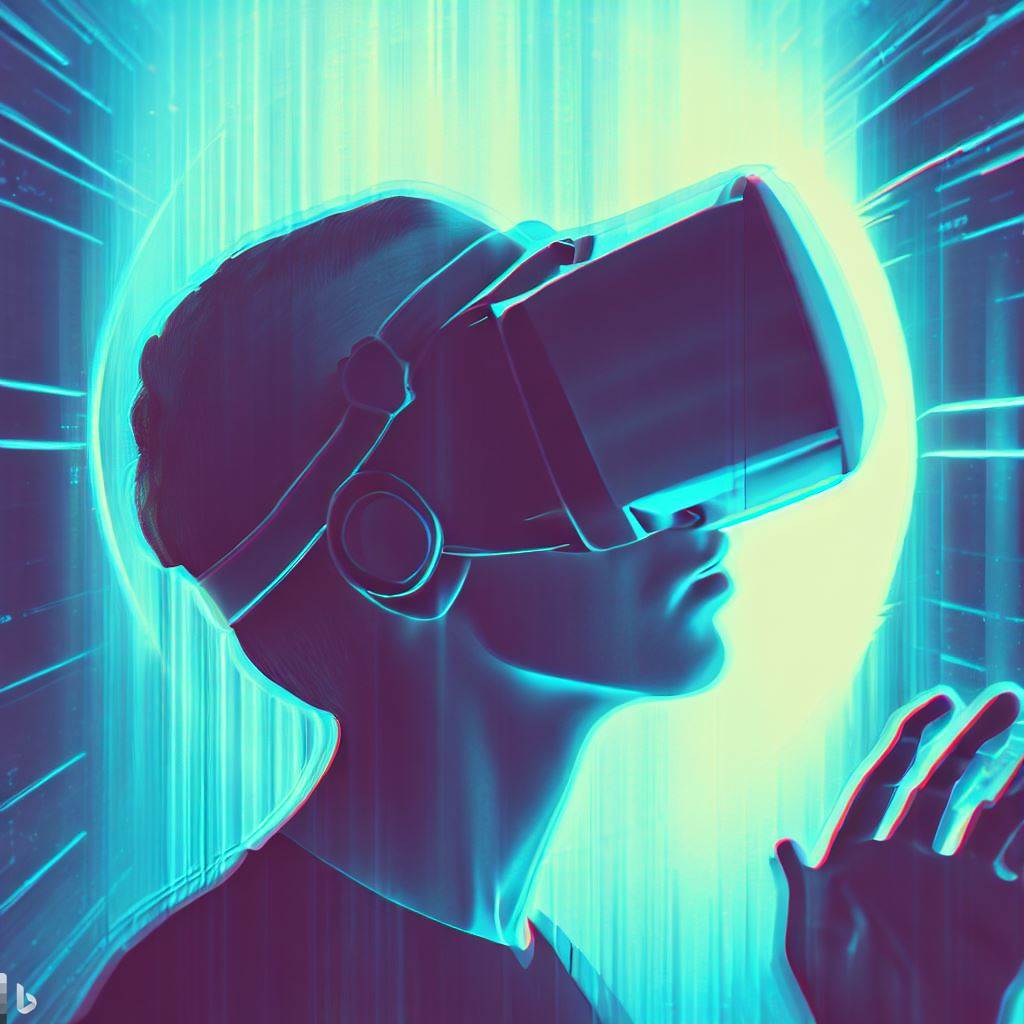The positive impacts of virtual reality include revolutionizing healthcare, enhancing education, redefining entertainment, and promoting sustainability, ultimately transforming industries and improving lives worldwide. With VR, we’re shaping a more innovative and interconnected future, full of limitless possibilities.
Hey there, fellow tech enthusiast! Isn’t it amazing to think about how much virtual reality (VR) has transformed our world? I’m super excited to share with you some fascinating stats and stories that showcase the incredible positive impacts of VR across a range of industries. Buckle up and get ready to dive into an extraordinary world where technology is revolutionizing the way we work, live, and have fun!
From healthcare to education and entertainment, virtual reality is shaking things up like never before. In this post, we’ll delve into how VR is making a real difference in our lives and the potential it has to shape the future. So, grab a comfy seat, relax, and join me on this exciting journey through the awe-inspiring power of VR. Together, we’ll uncover how this cutting-edge technology is changing our world for the better, and trust me, it’s a ride you won’t want to miss!
Revolutionizing Healthcare: VR’s Role in Training and Treatment
Let’s start by talking about one of the most crucial sectors that VR is positively impacting: healthcare. Virtual reality is making waves by revolutionizing medical training and treatment in fascinating ways.
Training Medical Professionals

Medical training can be challenging and, at times, risky. Traditional methods often rely on cadavers or mannequins to teach students, but VR is changing the game. By simulating realistic surgical procedures and emergency scenarios, virtual reality allows medical students to practice and refine their skills in a safe, controlled environment. A study conducted by the Harvard Business Review found that medical students trained using VR were more than 20% faster and made six times fewer errors than those trained traditionally. That’s a game-changer!
Innovative Treatment Approaches
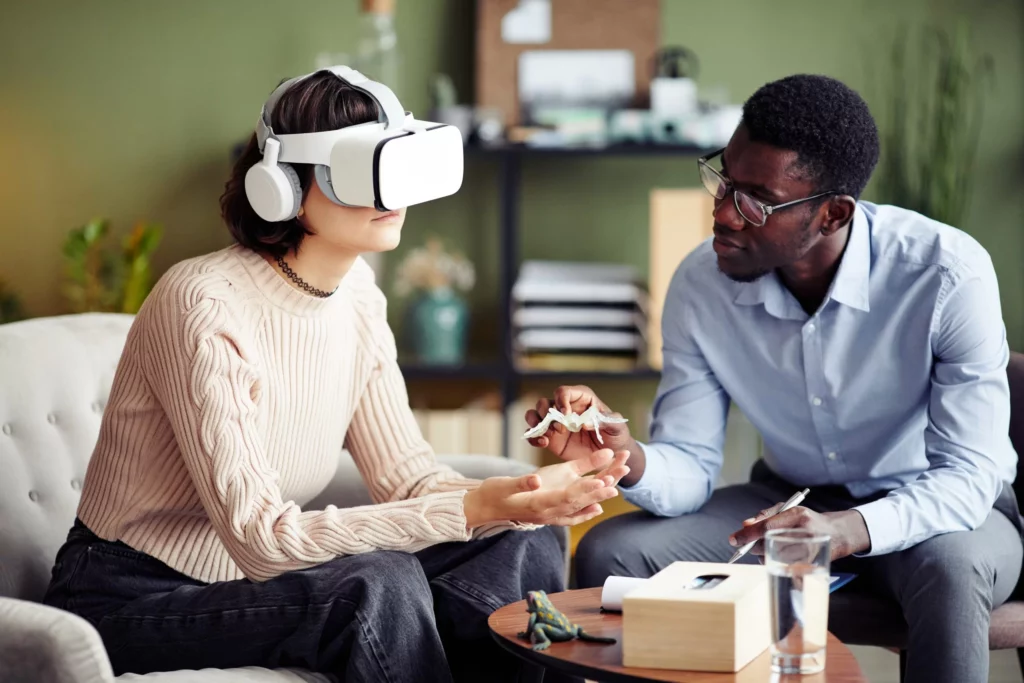
Virtual reality isn’t just enhancing the way medical professionals learn; it’s also opening up new treatment options for patients. For instance, VR has proven to be effective in pain management. A study conducted by Cedars-Sinai Medical Center revealed that patients using VR therapy experienced a 24% reduction in pain compared to a control group.
Moreover, VR is also being used in the treatment of mental health disorders, such as PTSD and phobias. By creating controlled and immersive environments, therapists can help patients confront their fears and anxieties in a safe and supportive space.
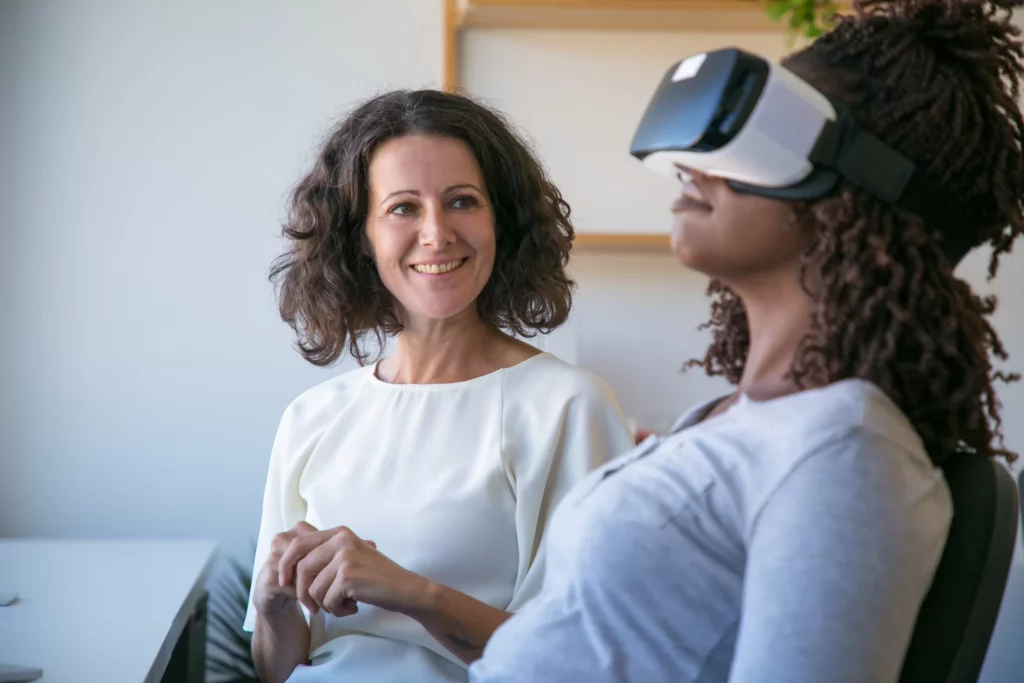
One inspiring story is that of Sarah (met her in VRChat), a war veteran who struggled with PTSD after returning from deployment. Traditional therapy wasn’t providing the relief she needed, but when she tried VR therapy, things started to change. Through carefully designed virtual scenarios, Sarah was able to face her traumatic memories, gradually reducing her anxiety and allowing her to regain control over her life. Her experience is just one of many success stories highlighting the power of VR in mental health treatment.
But that’s not all! Virtual reality is also playing a vital role in physical rehabilitation. By gamifying exercises and creating personalized training programs, VR is helping patients recover from injuries and regain their mobility more effectively. Research showed that stroke patients using VR as part of their rehabilitation program experienced significant improvements in motor function compared to a control group.
As you can see, virtual reality is revolutionizing healthcare, providing innovative training methods for medical professionals and offering groundbreaking treatment options for patients. The potential for VR in healthcare is immense, and as technology continues to advance, we can only expect more incredible breakthroughs in the future.
Immersive Learning Experiences: How VR is Enhancing Education
Education is another area where virtual reality is making a significant impact, creating immersive learning experiences that engage students and boost their understanding. Let’s delve into how VR is revolutionizing education, both inside and outside the classroom.
Enriching Classroom Learning
Imagine learning about ancient civilizations, not by merely reading about them in a textbook, but by virtually walking through their cities and observing their daily lives. With VR, this is possible! Virtual reality can transport students to different eras, geographical locations, and even inside the human body, providing them with an immersive and interactive learning experience. By making abstract concepts more tangible, VR can improve students’ comprehension and retention of complex subjects.
A study conducted by the University of Maryland found that the use of VR headsets resulted in an overall improvement of 8.8% in recall accuracy, which was statistically significant.
Empowering Distance Learning
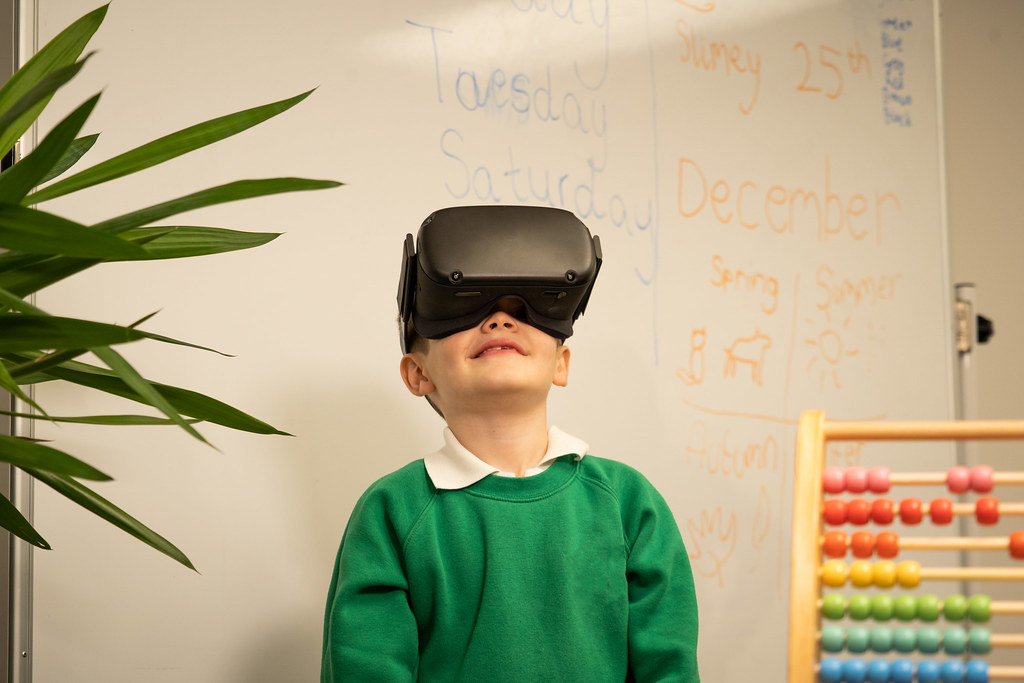
Virtual reality is also a powerful tool for distance learning. With the rise of online education, VR can bridge the gap between remote students and their teachers, creating engaging and interactive virtual classrooms. This technology allows students to participate in group activities, attend virtual field trips, and engage in real-time discussions, making distance learning more accessible and enjoyable.
Supporting Skill Development
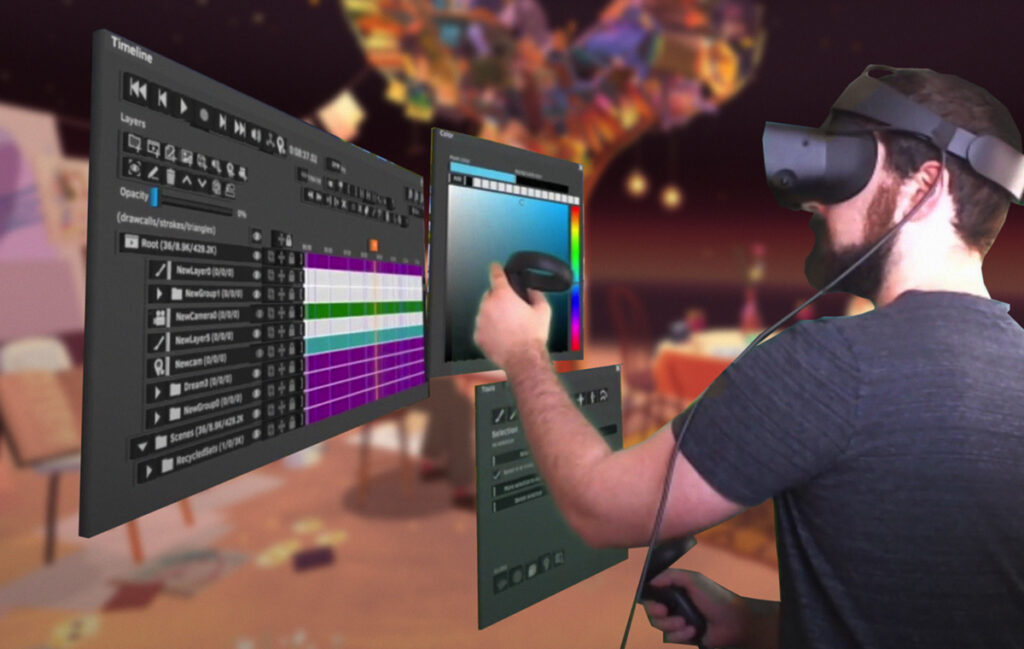
Beyond traditional academics, virtual reality is also being used to develop essential skills in various fields. From learning a new language to mastering engineering concepts or honing artistic abilities, VR can provide an immersive, hands-on experience that accelerates skill development. For example, a study found that students who practiced public speaking in a virtual environment showed significant improvement in their communication skills compared to a control group.
Expanding Access to Education

Oh, and did I mention how virtual reality is opening up new doors for students all around the globe? It’s true! VR has the incredible potential to democratize education, offering top-notch learning experiences to students in underprivileged or remote areas. Imagine being able to access world-class resources, interact with experts, and explore diverse cultures and environments, all without leaving your home!
With VR, students who might have been left behind due to geographical or financial limitations now have the chance to unlock their full potential. It’s like giving everyone a golden ticket to a world of limitless opportunities!
Sure, the use of virtual reality in education is still in its infancy, but the possibilities for positive change are mind-blowing. By offering immersive, captivating, and interactive learning experiences, VR is revolutionizing education for students everywhere, empowering them to develop crucial skills and embark on thrilling journeys of discovery.
So, as technology continues to forge ahead, you can bet that the world of VR-enhanced learning will keep on evolving and expanding. Who knows what exciting breakthroughs lie just around the corner? All I can say is, stay tuned—because the future of education is looking brighter than ever!
Rethinking Entertainment: VR’s Influence on Gaming and Beyond
When it comes to entertainment, virtual reality has undeniably made a huge splash. With its immersive capabilities, VR has not only transformed the gaming industry but also expanded into other forms of entertainment, offering entirely new experiences for consumers. Let’s dive into the fascinating world of VR entertainment!
Gaming: The Ultimate Immersive Experience
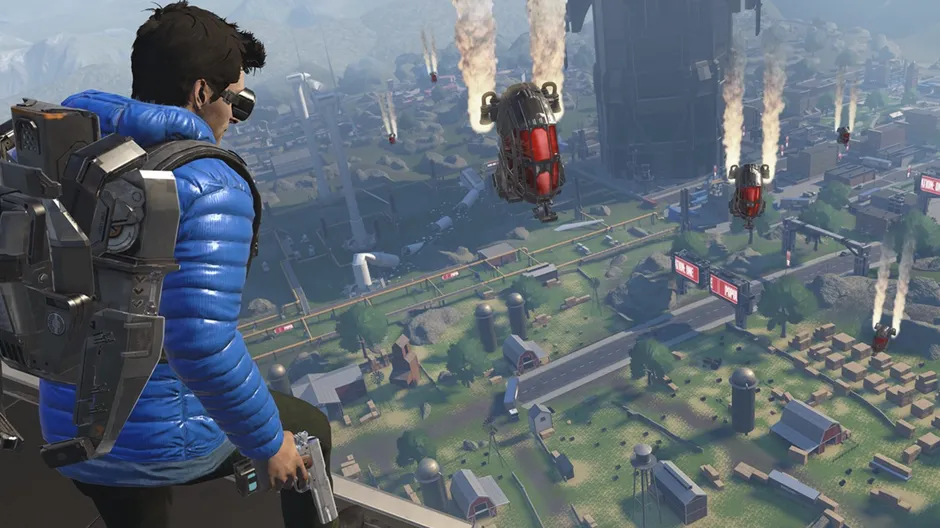
The gaming industry has embraced VR wholeheartedly, offering players the chance to step into their favorite worlds and become the heroes of their own stories. From action-packed adventures to mesmerizing puzzles, VR gaming provides unparalleled immersion, making players feel like they are truly a part of the action.
According to Fortune Business Insights, the global VR gaming market was valued at over $6.26 billion in 2020 and is expected to reach $53.44 billion by 2028. That’s some serious growth!
Some popular VR gaming titles include:
Virtual Concerts and Live Events
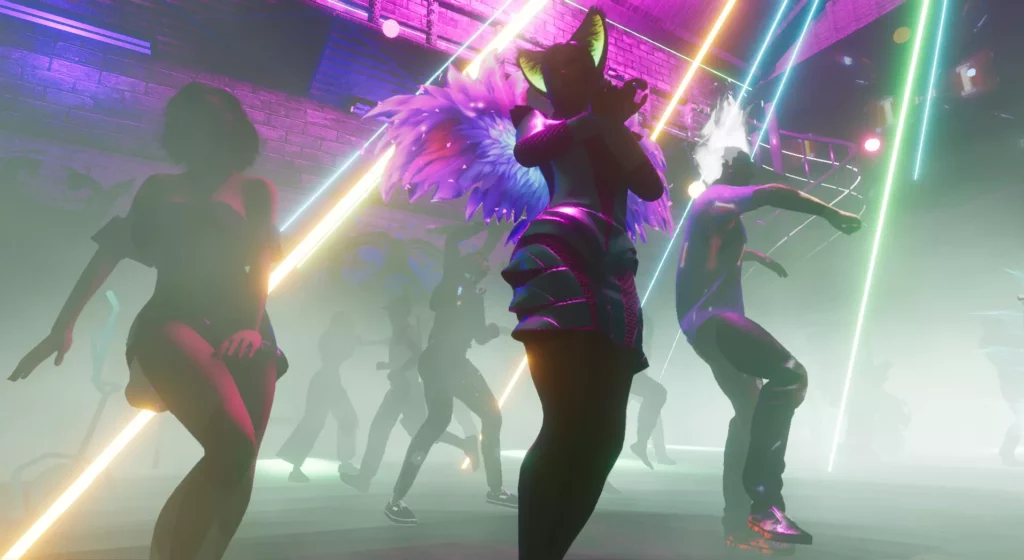
Beyond gaming, VR has also entered the realm of live events, providing users with “front-row seats” to concerts, theater performances, and sports games, all from the comfort of their homes. With VR, you can experience your favorite artist’s performance as if you were actually there, even if you’re thousands of miles away.
In 2018, the legendary band U2 teamed up with VR technology to create a groundbreaking music experience. Fans had the opportunity to watch U2 perform their song “Song for someone” in a 360-degree virtual reality environment, bringing the magic of a live concert to their living rooms. Watch it here on Youtube.
Virtual Art Galleries and Museums
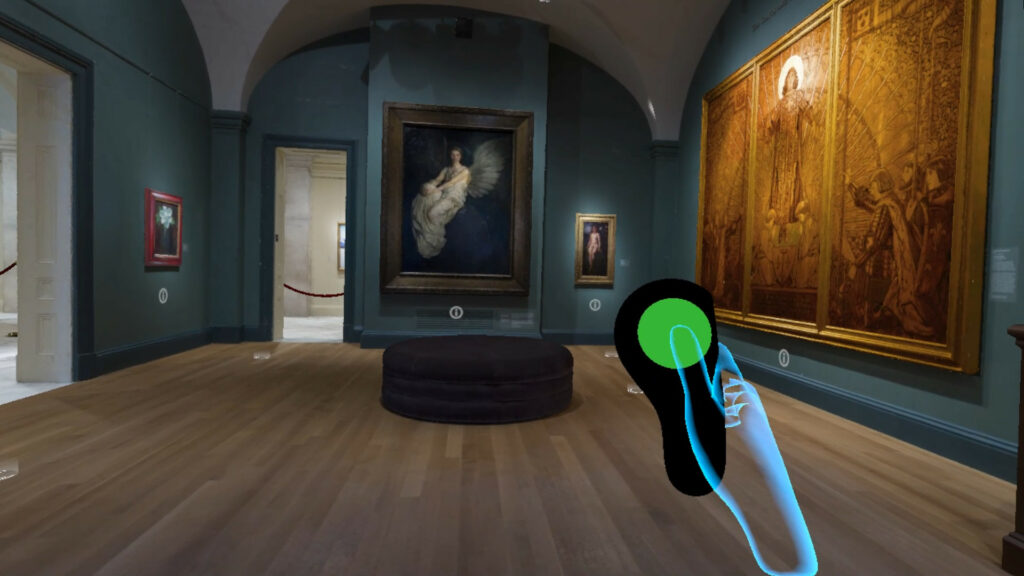
For art and history enthusiasts, VR is a game-changer. Virtual reality allows users to explore art galleries, museums, and historical sites without ever leaving their homes. This technology not only enhances accessibility for those unable to travel but also offers unique interactive experiences that enrich our understanding of art and culture.
Some notable virtual experiences include:
- The Louvre’s VR tour of the Mona Lisa
- The British Museum’s interactive Virtual Reality Tour
- The Anne Frank House’s Virtual Reality Experience
Cinematic Storytelling
The world of cinema is also feeling the impact of VR, as filmmakers experiment with immersive storytelling techniques to captivate audiences. By blending traditional filmmaking with VR technology, directors can create powerful, immersive narratives that transport viewers into the heart of the story.
An excellent example of this is Alejandro G. Iñárritu’s VR installation, Carne y Arena. The Oscar-winning director used virtual reality to place viewers inside the harrowing journey of migrants attempting to cross the U.S.-Mexico border. The immersive experience invites viewers to empathize with the migrants’ plight, fostering a deeper emotional connection to the subject matter.
Social VR Experiences
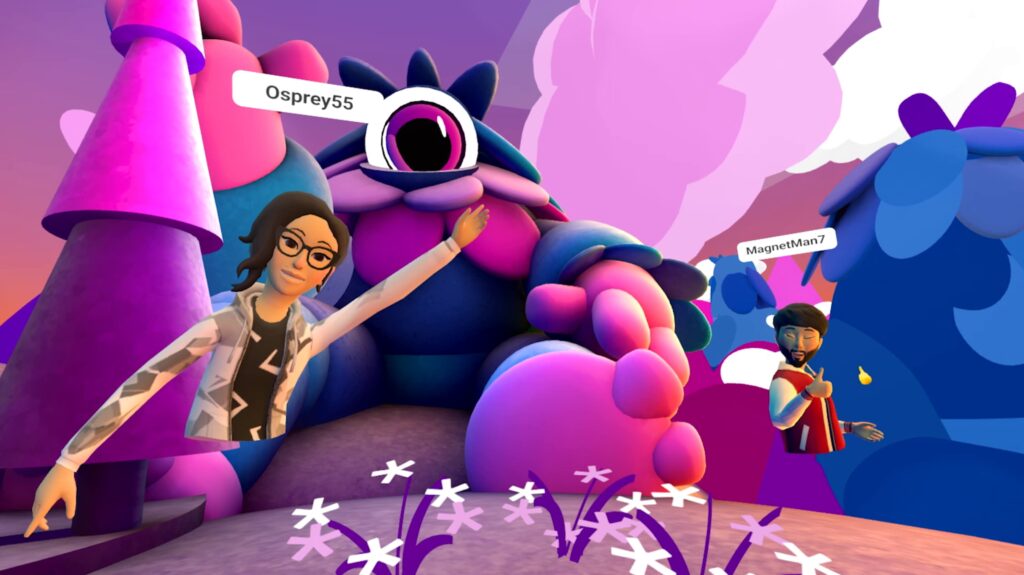
Last but not least, virtual reality is redefining the way we socialize and connect with others. Social VR platforms like VRChat, Rec Room, and AltspaceVR enable users to meet new people, attend events, and engage in shared experiences, all within the virtual realm. By breaking down geographical barriers, VR is allowing people to forge new connections and enjoy shared activities with others, regardless of their physical location.
The Future of Entertainment
“Virtual reality is the ‘ultimate empathy machine.’ These experiences are more than documentaries. They’re opportunities to walk a mile in someone else’s shoes.”
Chris Milk, filmmaker and VR entrepreneur
The positive impact of virtual reality on entertainment is undeniable. From gaming to live events and social experiences, VR is reshaping the way we consume and engage with content. As the technology continues to advance, we can expect even more innovative and immersive experiences to emerge, forever altering the landscape of entertainment. So strap on your VR headset and get ready for a thrilling ride into the future of fun!
Sustainable Design and Manufacturing: VR’s Contribution to a Greener Future
While virtual reality has made significant strides in entertainment, healthcare, and education, its potential to foster a more sustainable future shouldn’t be overlooked. By streamlining design processes and enhancing manufacturing techniques, VR is paving the way for a greener and more efficient world. Let’s explore how virtual reality is contributing to a more sustainable future.
Efficient Design Processes
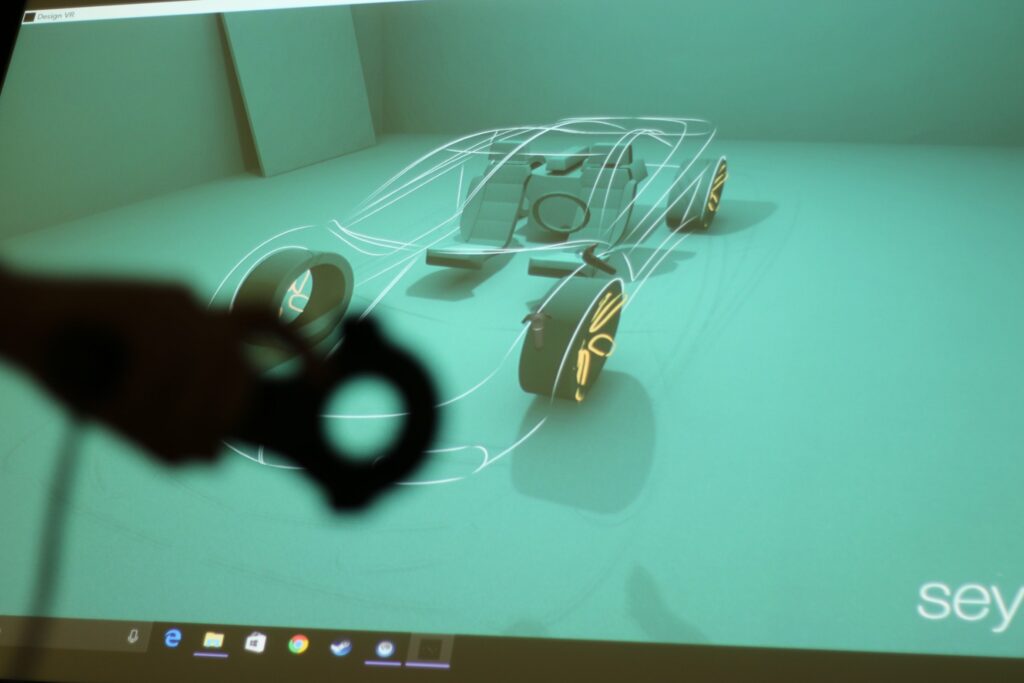
Virtual reality enables engineers and designers to create and test prototypes in a virtual environment, reducing the need for physical materials and resources. By simulating real-world conditions and providing instant feedback, VR allows for rapid iteration and optimization of designs, ultimately leading to more efficient and sustainable products.
For example, automotive companies like Ford and Jaguar Land Rover are leveraging VR to design and test vehicle components virtually, minimizing waste and reducing the overall carbon footprint of the production process.
Reducing Transportation and Energy Consumption
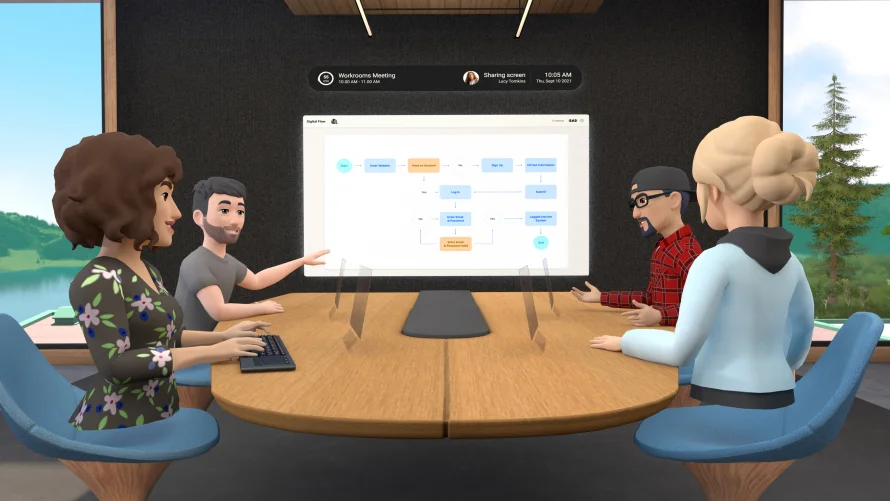
Virtual reality can also help minimize transportation needs in various industries. By enabling remote collaboration and virtual prototyping, VR reduces the need for employees to travel for meetings or to inspect physical prototypes, cutting down on both carbon emissions and costs.
In manufacturing, VR is being used to train workers on new machinery and processes remotely, reducing the need for on-site training and further decreasing transportation-related emissions.
Enhancing Resource Management

When it comes to resource management, virtual reality can play a crucial role in optimizing the use of raw materials and minimizing waste during the manufacturing process. By simulating production lines and evaluating the efficiency of resource utilization, VR helps companies identify potential bottlenecks and areas for improvement, leading to more sustainable operations.
A great example of this is IKEA’s use of VR to optimize the production of their furniture. By virtually testing different manufacturing methods and material combinations, IKEA can identify the most sustainable and cost-effective solutions for their products, ultimately reducing waste and promoting eco-friendly practices.
Promoting Circular Economy Principles

Virtual reality also has the potential to support the transition towards a circular economy, which focuses on minimizing waste, promoting recycling, and maximizing the lifecycle of products. By enabling designers to test and evaluate the recyclability and disassembly of products in a virtual environment, VR can help companies adopt more sustainable practices and reduce their environmental impact.
One such example is the fashion industry, where companies like H&M are using VR to design and test sustainable materials, as well as explore the potential for recyclable and reusable clothing.
Educating and Inspiring Change
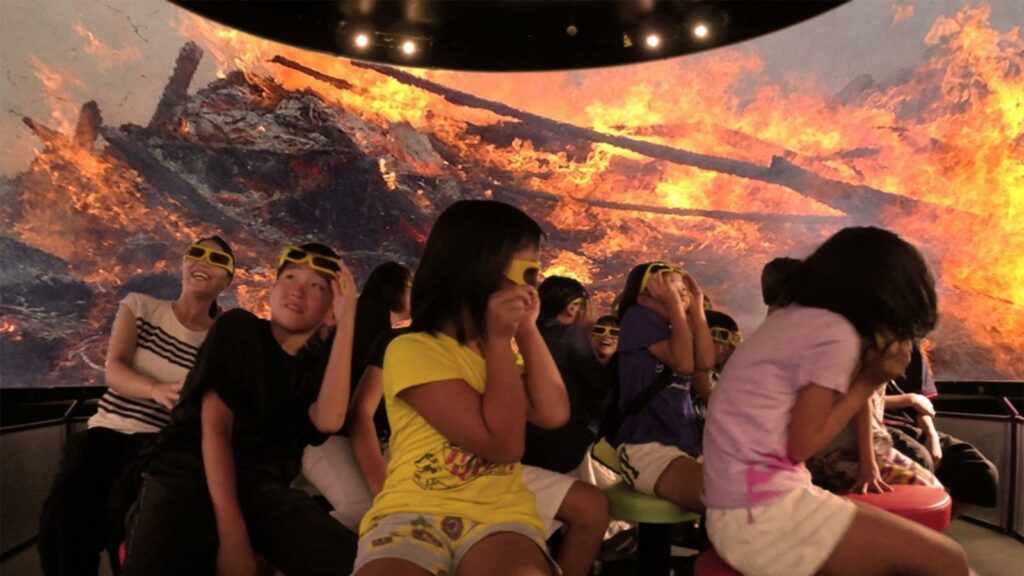
Finally, virtual reality can play a critical role in raising awareness about sustainability and inspiring change. By immersing users in realistic simulations that demonstrate the consequences of unsustainable practices, VR can evoke powerful emotional responses and motivate individuals to adopt more eco-friendly behaviors.
For instance, the VR experience “The Extraordinary Honey Bee” allows users to explore the world from a bee’s perspective, highlighting the importance of pollinators and the challenges they face due to human activities.
In conclusion, virtual reality is contributing to a greener future by enhancing design and manufacturing processes, promoting resource optimization, and encouraging the adoption of sustainable practices across various industries. By leveraging the power of VR, we can create a more eco-friendly world that not only benefits our environment but also supports the well-being and prosperity of future generations.
As we continue to explore and expand the possibilities of virtual reality, we’ll undoubtedly uncover new ways to drive sustainability and positive change. Embracing the transformative potential of VR is not just about improving our entertainment, education, or healthcare experiences; it’s also about working together to create a more sustainable and brighter future for all.
Conclusion
In conclusion, virtual reality is truly a game-changer, touching every aspect of our lives and transforming industries in remarkable ways. From revolutionizing healthcare and enhancing education to redefining entertainment and promoting sustainability, VR is leaving a lasting impact on our world. As we continue to witness the evolution of this groundbreaking technology, the potential for positive change seems almost limitless.
So, let’s embrace this exciting journey into the world of virtual reality together, and explore the boundless opportunities it presents. The future is here, and it’s brimming with possibilities. With VR at our fingertips, we’re not just spectators—we’re active participants in shaping a more innovative, immersive, and interconnected world. Get ready for an extraordinary adventure, because the best is yet to come!
Thank you for reading!

